I’ve returned to daily reading after a short hiatus - not that I don’t read every day, but I wanted to spend time reading and writing down some reflections. I’ve gone back to The Creative Act by Rick Rubin - I always have a take away and feel that I’ve grown a bit in my creative journey.
Today I read a chapter titled "Freedom" that discussed art and social responsibility. It got me wondering about how art plays a part in giving voice to protest or celebration. Rubin suggests that artwork serves its purpose independent of the creator's interest in social responsibility—that when we plan to make a statement, we often miss the mark. He goes on to say that deciding what to say in advance doesn't allow the best to come through. Instead, meaning gets assigned once an inspired idea is followed through. So the idea comes first, and meaning follows.
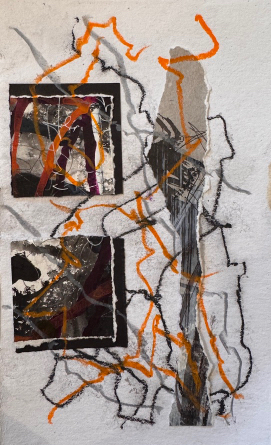
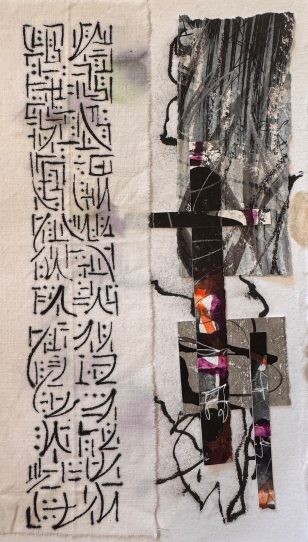
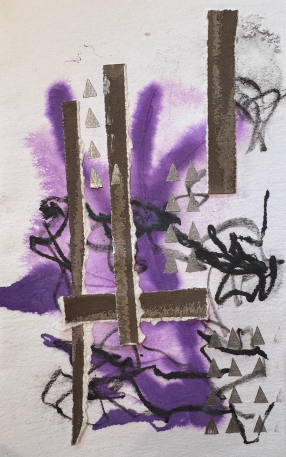
So where does that place work with a clear message? Think of a novel or painting that depicts a specific situation—work where words or imagery are planned before creation. How can a viewer or reader understand if there is meaning beyond what the artist intends to reveal?
Take fiction, for instance. How deeply can we read into the sentences? Is there a message to take away? Perhaps the books that stay with us are the ones that don't hit us over the head with their message but lead us gently toward some slight, unexpected understanding.
Consider a piece of art where the voice is more subtle, where ambiguity exists. We sense conflict, emotion, symbolism, but these elements can be interpreted in different ways. Each viewer sees and learns through their own lens. The artist's job is to create and then step back. The next step belongs to the viewer. That's why a docent or guide matters when I'm at a gallery—to bring understanding to the art, to share the artist's background, the time period, culture, and politics. I wish I had a more thorough grounding in art history.
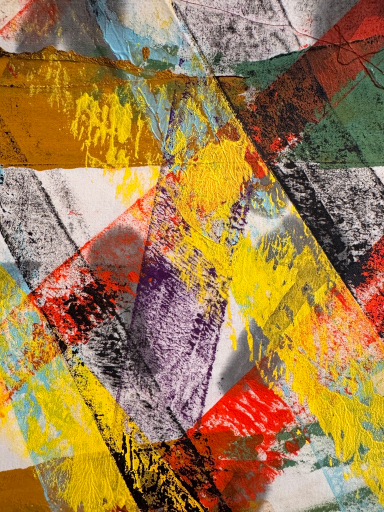

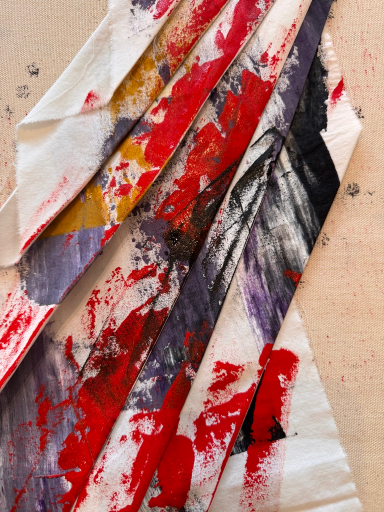
Then I wonder—and perhaps it's not important—which art will stand the test of time and be valued in 200 years. Does that even matter? Perhaps art’s role is to capture a moment of creative expression, nothing more. Rubin reminds us that art is more powerful than any plan we have for it.
There is art that gets made, admired, and fades. Then there is art that gets made, celebrated, given attention, given value. Is this a quirk of timing or pure accident? Something cosmic?
Did the artist know ahead of time? Did they plan or create for that recognition? I doubt it. Once made, the art no longer belongs to the artist—it exists outside of them and becomes part of the universe. Whether it fades or gets seen as a masterpiece is beyond their control.
As for myself, I doubt that my work will last past my lifetime. I am still learning and exploring and I am by no means in a realm of recognized and celebrated artists. I can accept that. But it doesn’t mean I give up or stop trying - I make art for the simple act of creation or asking myself those questions and then place it in the hands of the universe.
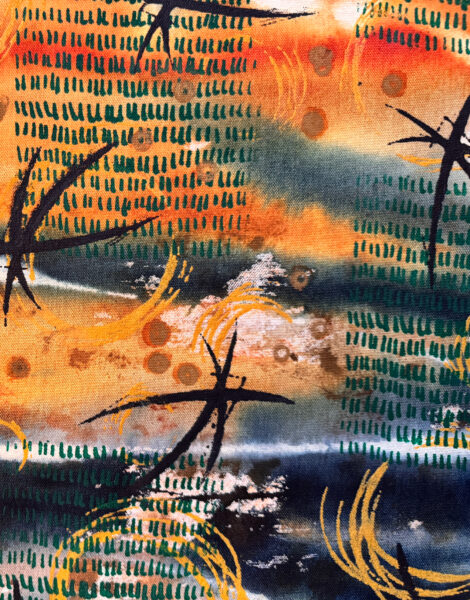
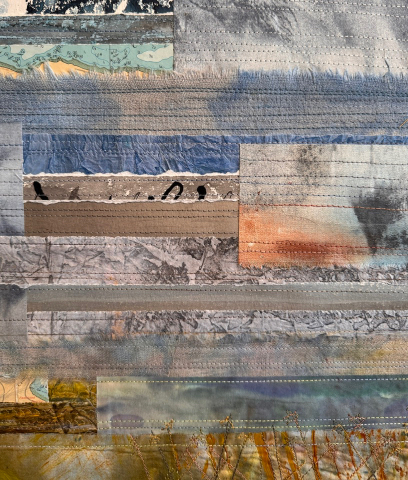
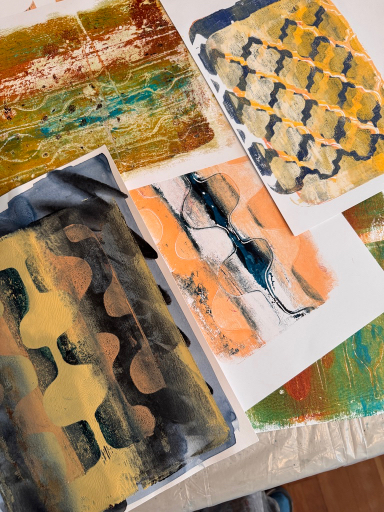
The images are some of what I've created in the studio recently - as I mentioned they won't get into a gallery or museum but they always teach me something....



Leave a Reply